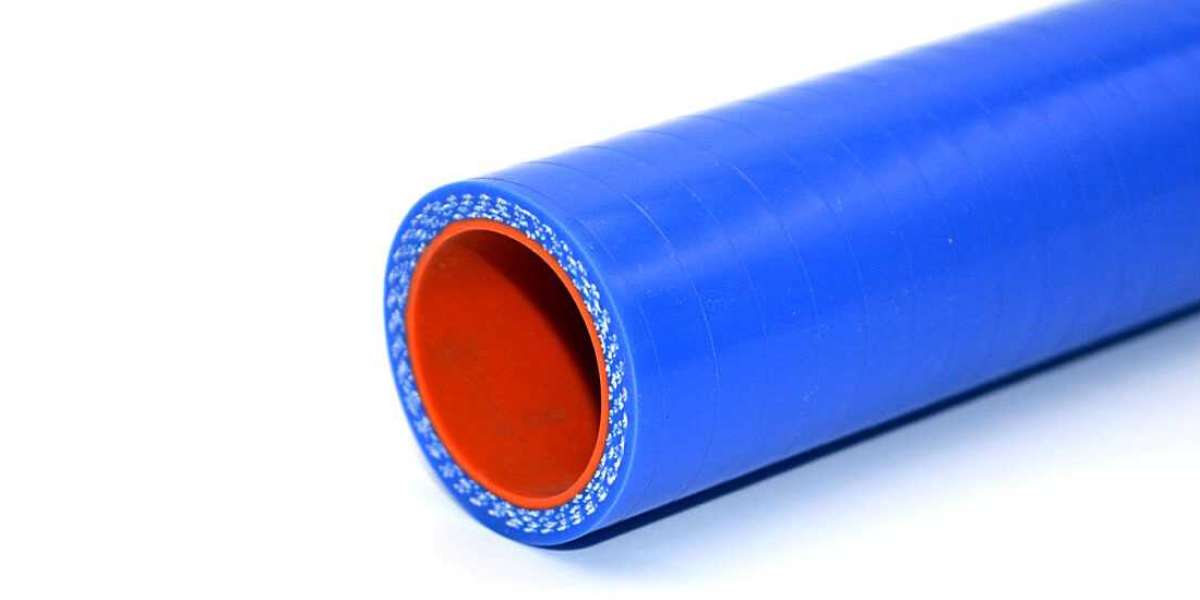Introduction: Selecting the right badminton racket is a crucial decision for players aiming to maximize their performance on the court. With a myriad of options available, finding the racket that complements your playing style and skill level is essential. In this article, we explore the key factors that make a badminton racket the best fit for players and provide insights into making an informed choice.
Frame Composition: The material used in the frame greatly influences a racket's performance. Rackets are typically made of graphite, carbon fiber, or a combination of materials. Graphite rackets offer a balance of flexibility and control, while carbon fiber rackets provide enhanced stiffness for powerful shots. Players often opt for rackets with a mix of materials to achieve the desired blend of characteristics.
Weight Distribution: The distribution of weight in a badminton racket affects its feel and maneuverability. Rackets are categorized into three main types based on weight distribution: head-heavy, even-balanced, and head-light. Head-heavy rackets offer more power for smashes, head-light rackets provide better control and maneuverability, while even-balanced rackets aim to strike a balance between the two.
Grip Size and Shape: Choosing the right grip size is crucial for comfort and control. A grip that is too small or too large can affect a player's ability to handle the racket effectively. Players should also consider the shape of the grip—some prefer a more rounded shape, while others favor a slightly flatter design. Personal comfort plays a significant role in finding the ideal grip.
String Tension: The tension of the strings impacts the power and control of a badminton racket. Higher string tension provides increased control but reduces power, while lower tension enhances power but may compromise control. String tension preferences vary among players, and experimentation may be necessary to find the tension that suits your playing style.
Skill Level and Playing Style: Consider your skill level and playing style when selecting a badminton racket. Beginners may benefit from a racket with a larger sweet spot for forgiveness, while advanced players might prefer rackets that allow for more precise shot placement and power. Rackets tailored to singles or doubles play can also differ in design and specifications.
Conclusion: Choosing the best badminton racket is a personalized process that involves considering individual preferences, playing style, and skill level. While technology has introduced innovative features, the fundamentals of frame composition, weight distribution, grip size, and string tension remain crucial factors. Ultimately, the perfect racket is the one that feels like an extension of your playing arm, enhancing your strengths and supporting your development on the badminton court.







